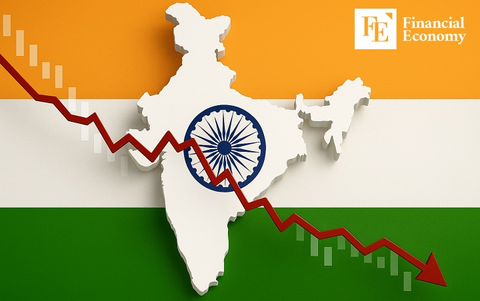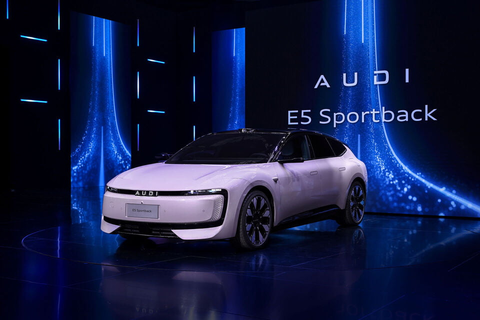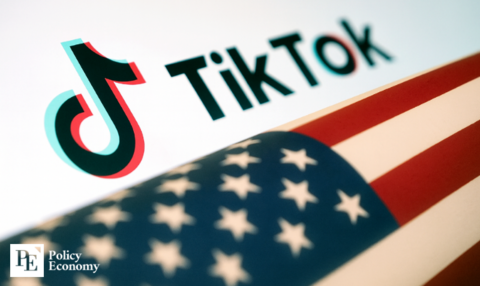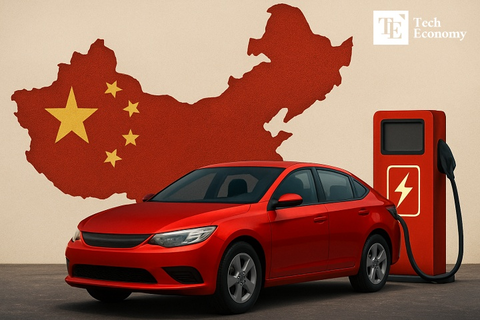Fractured Visions: China’s Global AI Odyssey vs. Trump’s Deregulation Push
Input
Modified
China rains invitations to global AI cooperation. The U.S. races ahead with minimal regulation and maximal speed. Despite the summit’s fanfare, no bridge was built; only distances were preserved.
As the World Artificial Intelligence Conference opened in Shanghai, China positioned itself at the center of global AI governance, days after the Trump administration rolled out a sweeping deregulation strategy in Washington. While Beijing publicly urged multilateral collaboration and called for a new global AI framework, underlying strategies between East and West revealed deep divergence. For all its flamboyant rhetoric, the summit left many experts wondering: are these two competing models leading to convergence, or merely highlighting sharply conflicting approaches?
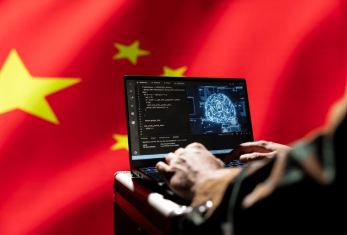
China’s Diplomatic Gambit: Cooperation Without Concession
At the Shanghai AI conference, Premier Li Qiang called for the establishment of an international organization dedicated to coordinating AI governance, an overt bid to position China as a leader in shaping global AI standards. He emphasized open-source sharing, inclusivity toward the Global South, and a move away from techno-monopolies. According to Reuters, Li warned against AI becoming “the exclusive game of a few countries and companies” and suggested Shanghai as home for the proposed body.
These overtures come just days after the Trump administration unveiled its own AI blueprint, which champions minimal oversight and rapid private-sector innovation. With over 90 regulatory changes proposed, the U.S. plan frames AI as an economic imperative rather than a public good. The contrast is stark: while Washington accelerates deregulation, Beijing urges caution and collective purpose.
Strategy Revealed: The Overlooked Blueprint Behind China’s AI Ascent
Recent Foreign Affairs analysis sheds light on China’s long game: its AI dominance is not accidental, but the result of sustained industrial policy, open innovation, and state-backed ecosystem alignment. Chinese companies, such as DeepSeek, have released high-performing, low-cost open-source models, like R1, which undermine the assumptions of U.S. technological supremacy.
China’s approach spans chip design to developer access, cultivating a domestic market resilient to U.S. export restrictions. Tech alliances formed at WAIC, linking model creators with chipmakers like Huawei and Enflame, reinforce this strategy. The resulting ecosystem not only prioritizes autonomy but also global reach.
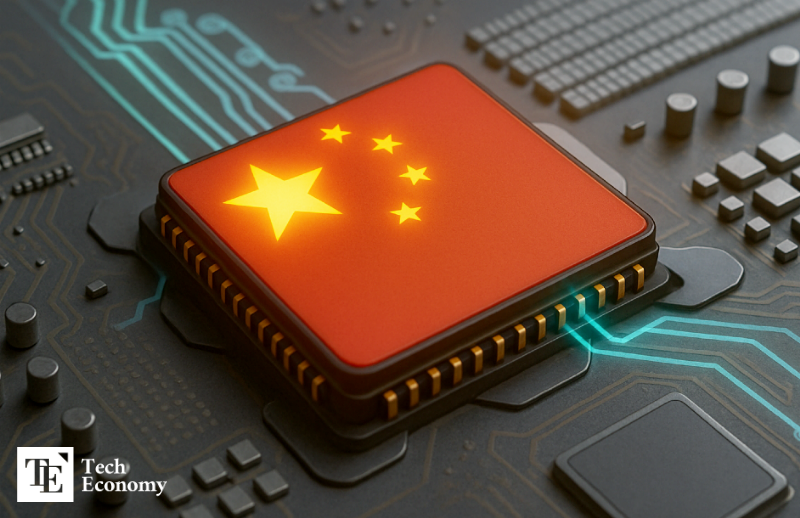
The World Artificial Intelligence Conference: Scale Over Substance
WAIC 2025 opened on July 26, drawing over 800 firms and covering more than 70,000 square meters, signaling China's ambition to lead the AI world. The conference showcased innovations in robotics, digital humans, AI glasses, and mega-clusters, such as Huawei’s CloudMatrix 384, which reportedly outperforms Nvidia chips in specific tasks.
Yet beneath the surface grandeur, the summit struggled to produce substantive frameworks. Despite Li’s proposal of a new governance body and shared rhetoric of cooperation, no binding commitments or timelines emerged. As Reuters noted, a global consensus on AI regulation remains elusive, and the proposed institution lacks clarity on its membership, mandate, and enforcement.
In the aftermath, China’s summit may be remembered more for staging than substance. It's an open invitation to multilateral cooperation that contrasts sharply with the U.S. strategy, which prizes speed and minimal governance. The outcome? A world still divided over who should lead AI, and how.
Ultimately, East and West presented competing visions, rather than a shared common ground. For all its fanfare, the summit failed to forge a new consensus. Instead, it highlighted growing fault lines between philosophies that, at least for now, seem irreconcilable.



